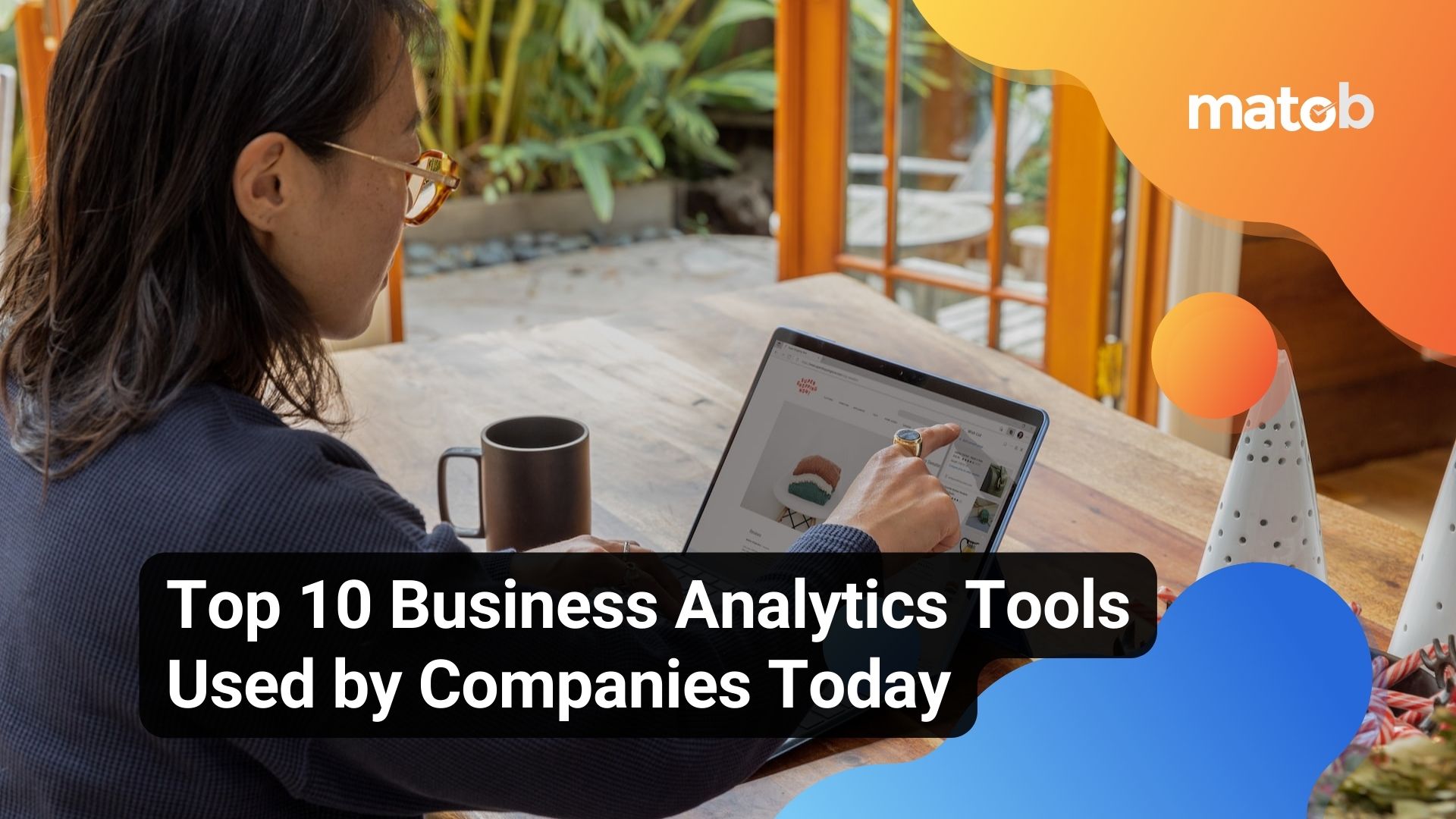Data analysis is even more crucial, along with the rapid development of information technology. Some companies have implemented this process by using various data analytics tools.
However, the use of data analytics tools must be done promptly. Need compatibility with the needs of the company and the system used.
1. Tableu
Tableau is a flexible and easy-to-use business analytics platform. Tableau’s advantages are an interactive dashboard, fast response, and real-time data analysis features.
Tableau provides all the components needed for data extraction, data processing, to presenting reports.
Features
Tableau is so popular because of the drag-and-drop quality that makes it easy for tableau users to create data visualizations. This makes tableau faster than other business intelligence tools.
Tableau also offers connectivity to several significant data sources such as Oracle, Teradata, SAP HANA, MongoDB, Excel, Text files, JSON, Google Cloud, SQL, Hadoop, Amazon Redshift, and many others. Tableau is also designed for everyone, so it doesn’t require special skills.
2. Microsoft Power B
Microsoft Power BI is a powerful and very popular data visualization software. Microsoft Power BI is a cloud-based software that is available in two versions, namely Power BI Desktop and Power BI Mobile.
Microsoft Power BI is known for its easy-to-use functions for data preparation and data visualization.
Features
Power BI has many features, such as access to local and cloud data sources, various types of graphs for data visualization, can be used for complex data, is flexible, publishes data reports and dashboards to websites, and can present informative reports using Power BI Desktop.
Microsoft Power BI offers connectivity to various data sources such as Oracle, IBM, SQL Server, Salesforce, Google Analytics, Azure DevOps, Excel, text files, JSON, Zendesk, Mailchimp, and so on.
3. Qlik Views and Qlik Sense
QlikView provides an in-memory storage feature that makes data collection, integration and processing extremely fast.
Data reports are created using visualization software and linked automatically by QlikView software.
In short, QlikView is a tool for creating dynamic applications for data analysis. QlikView has several different data visualization features.
One of the functions of QlikView is the search for patterns and trends in data sets.
Features
QlikView helps users to understand and see ways by providing visual aids such as graphs, tables, maps, and so on.
Qlik Sense collaborates with the QIX engine to connect and associate data from different sources.
Qlik Sense is a data analysis platform for various groups, from non-technical to technical circles. It focuses more on data visualization because it has multiple graphs.
If QlikView can manipulate data by creating scripts, Qlik Sense can visualize and analyze data in interactive graphical form.
4. Polymer Search
Polymer Search is a codeless AI (Artificial Intelligence) tool that analyses sales and marketing data. This tool is a data analytics tool that is easy to learn and even simpler than Excel.
Only by uploading data to the tool will your data become an interactive web application in seconds.
Features
The biggest drawback of Polymer Search is that it cannot be used for big data as it has limited flexibility for further analysis.
For example, you cannot do multivariate analysis with Polymer, and the types of charts are also limited.
It’s best use for beginner and ideally use for Marketing/Sales/survey data, business intelligence, and data presentation.
5. Akkio
Akkio is an AI-powered tool that allows anyone to become a data scientist without coding experience.
Features
You upload the dataset to the device, select the variable you want to predict, and Akkio will build a neural network around that variable.
Uniquely, Akkio doesn’t only predict results but also provides an accuracy rating of the model’s accuracy and detects false positives.
Simply put, Akkio is a non-technical tool for implementing predictive analytics.
6. SQL
SQL is a programming language used for querying and data manipulation. This tool does most of the features in Excel but is many times more efficient for big data.
Features
If you work for hours in Excel, SQL can do it in minutes to seconds. This tool allows you to send large files more efficiently than Excel.
However, SQL tends to be more complicated to learn than Excel and is less suitable for basic data analyst tasks.
7. Domo
Domo is a cloud-based business management suite. This software can combine data sources such as databases, spreadsheets, and cloud-based software.
Features
Data speed and understanding are the focus of Domo. The business intelligence capabilities of this software enable collaboration through its visualization and commenting features.
This software also supports use via mobile devices. Thanks to that, users can access it quickly and anywhere.
8. Looker
Looker is a tool that is more suitable for users who have experience reading or working with data. Users can shape and change data as needed with the available extract, load, transform (ELT) process.
Features
One of these data analytic tools can convey data directly to the tools and applications you use. Looker also allows users to ask tricky questions as long as they use common business language.
9. Sisense
Sisense can simplify data analysis. Therefore, the results of the processed data can be understood by the analysis team and by more ordinary users.
This tool offers a variety of features. Starting from setting the dashboard display according to comfort and needs, interactive visualization, to solid analysis capabilities.
10. Rapid Miner
RapidMiner is an open-source tool with many advantages that can be used for in-depth data analysis in various businesses.
This tool automates most of the analytical processes. It simplifies operational procedures, so you only need to focus on data interpretation.
The other advantages of RapidMiner are:
- it has 1.5 thousand native algorithms
- real-time data tracking and analytics
- supports transformation and data cleansing
- supports third-party integration
- comprehensive reporting capabilities
- scalability to be used by teams of any size
- superior security features.
